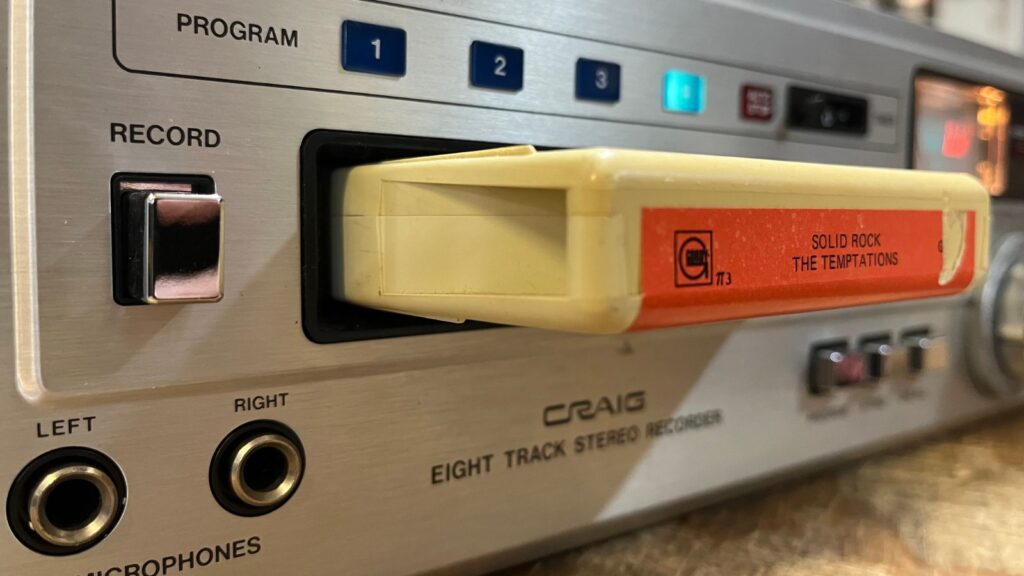We know that technology evolves rapidly, often leading to groundbreaking gadgets that capture our attention—only to be replaced by the next big thing shortly after. While some devices were once considered innovative, they have since been rendered obsolete by the relentless march of progress.
Cathode-ray Tube TVs
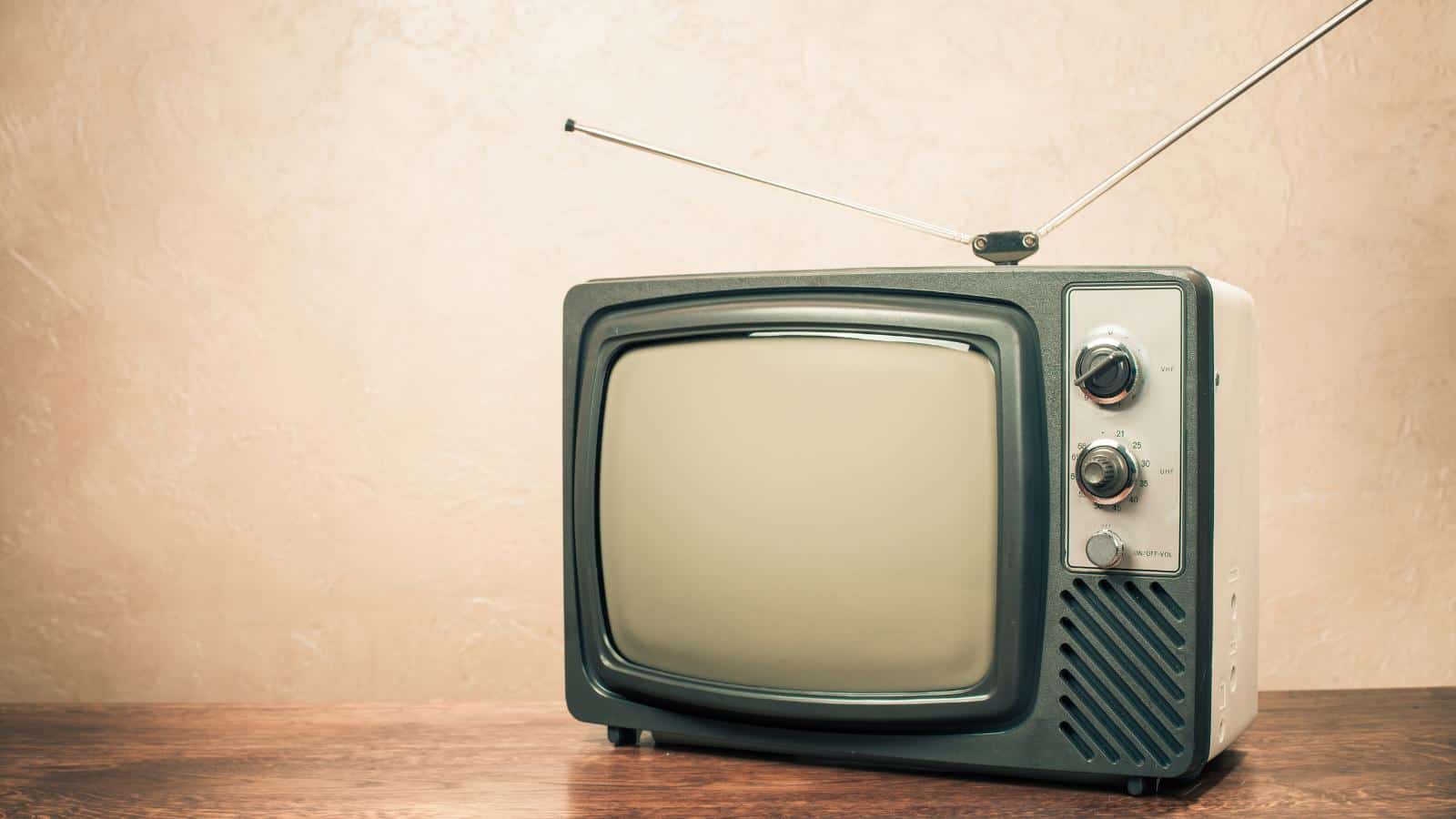
The only type of TV for most of the 20th century since its invention in 1927, these bulky, heavy TVs had curved glass picture tubes that displayed images. Flat-panel LCD and plasma TVs made CRTs obsolete by the early 2000s due to their larger screens and better pictures.
Phonographs and Record Players

Using needles to read the grooves on vinyl records and reproduce the sound, phonographs and record players were the primary ways to play recorded music throughout the 20th century. The rise of cassette tapes, CDs, and MP3s pushed record players out of the mainstream by the 1990s.
Cassette Tapes and 8-track Tapes

Popular formats for portable recorded music in the 1970s-1990s were compact cassettes and 8-track tapes. Cassettes could record and play audio, while 8-tracks were play-only. The introduction of the CD and then MP3 players like the iPod made these magnetic tape formats disused.
Pagers and Beepers
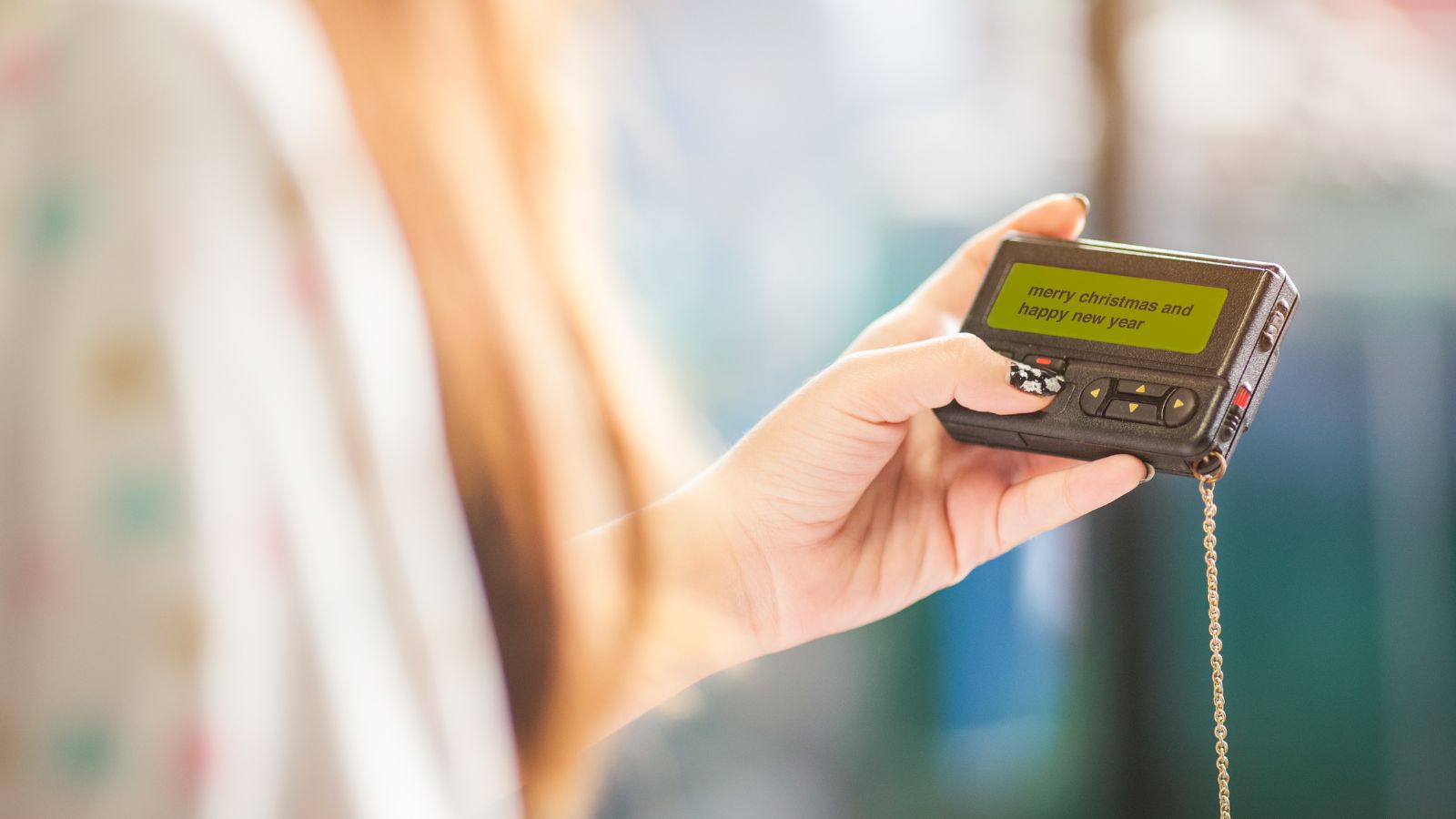
Doctors, emergency personnel, and teenagers widely used these in the 1980s and 1990s to receive short messages. Pagers, also known as beepers, provided on-the-go messaging before cell phones. They quickly disappeared once cell phones became affordable and ubiquitous in the late 1990s and early 2000s.
Rotary Telephones

The house phone was a staple in homes and offices for much of the 20th century. Users had to dial each number by turning the rotary dial, a time-consuming process compared to today’s touch-tone and smartphone dialing. The rise of touch-tone and cordless phones in the 1980s started the rotary phone’s decline.
Typewriters

Manual and electric typewriters were essential office equipment before computers. Secretaries and writers relied on them to efficiently produce documents. The development of word processors and personal computers in the 1980s and 1990s made typewriters virtually obsolete, although some writers still prefer them.
Floppy Disks

The ‘save’ icon may be the last homage to the floppy disks, first invented in the 1970s and providing portable data storage for the first personal computers. They came in 8-inch, 5.25-inch, and 3.5-inch sizes and initially held only 80 KB of data. As built-in and flash storage improved, floppy disks fell out of use by the 2000s.
Dot Matrix Printers
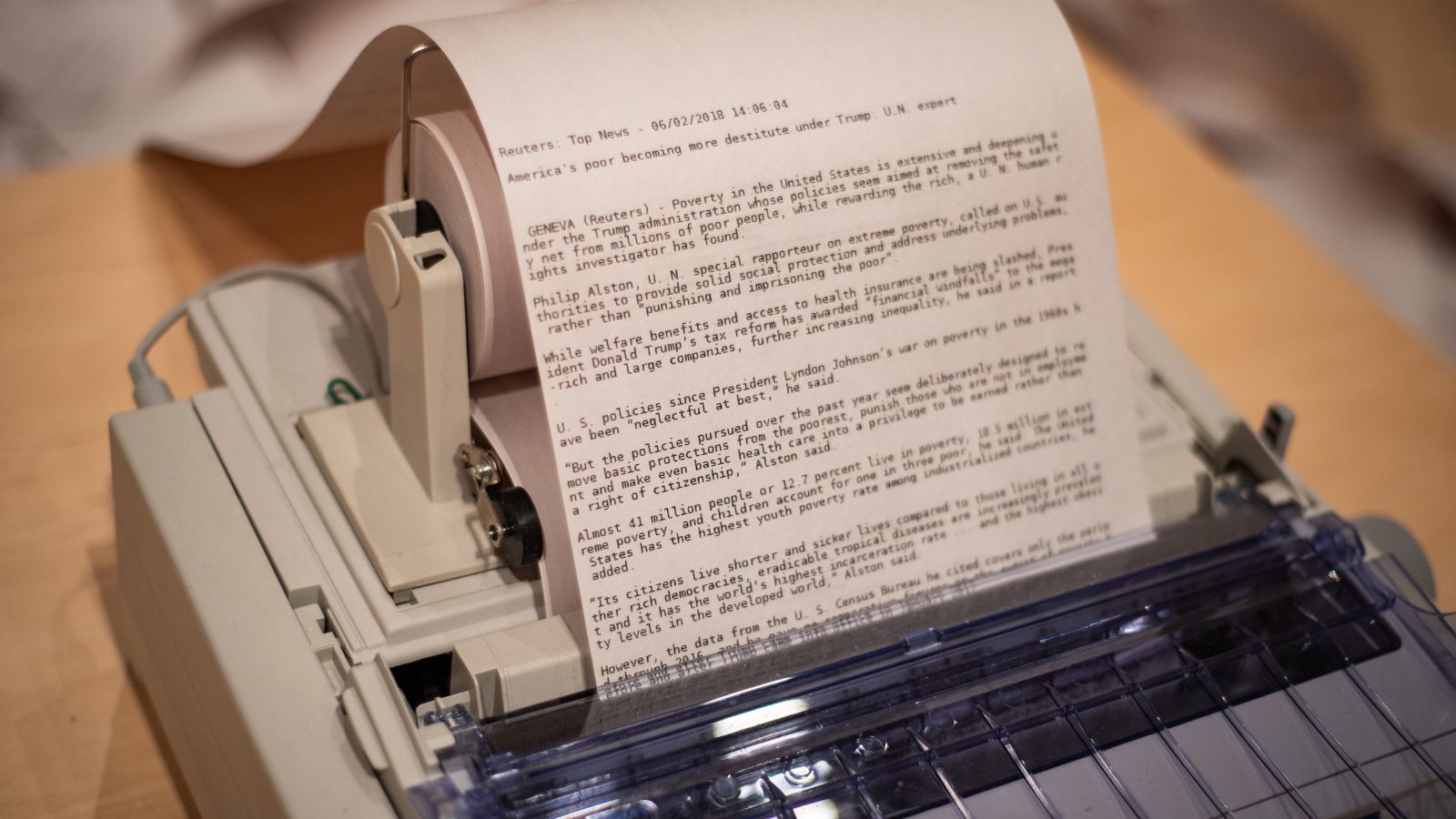
The first affordable printers for home computers were made in the 1970s-1990s. They were printed by striking an ink ribbon with pins to form dot patterns. Although noisy and slow, they were reliable. Affordable inkjet and laser printers with better speed and print quality have made dot matrix printers outdated.
Polaroid Instant Cameras
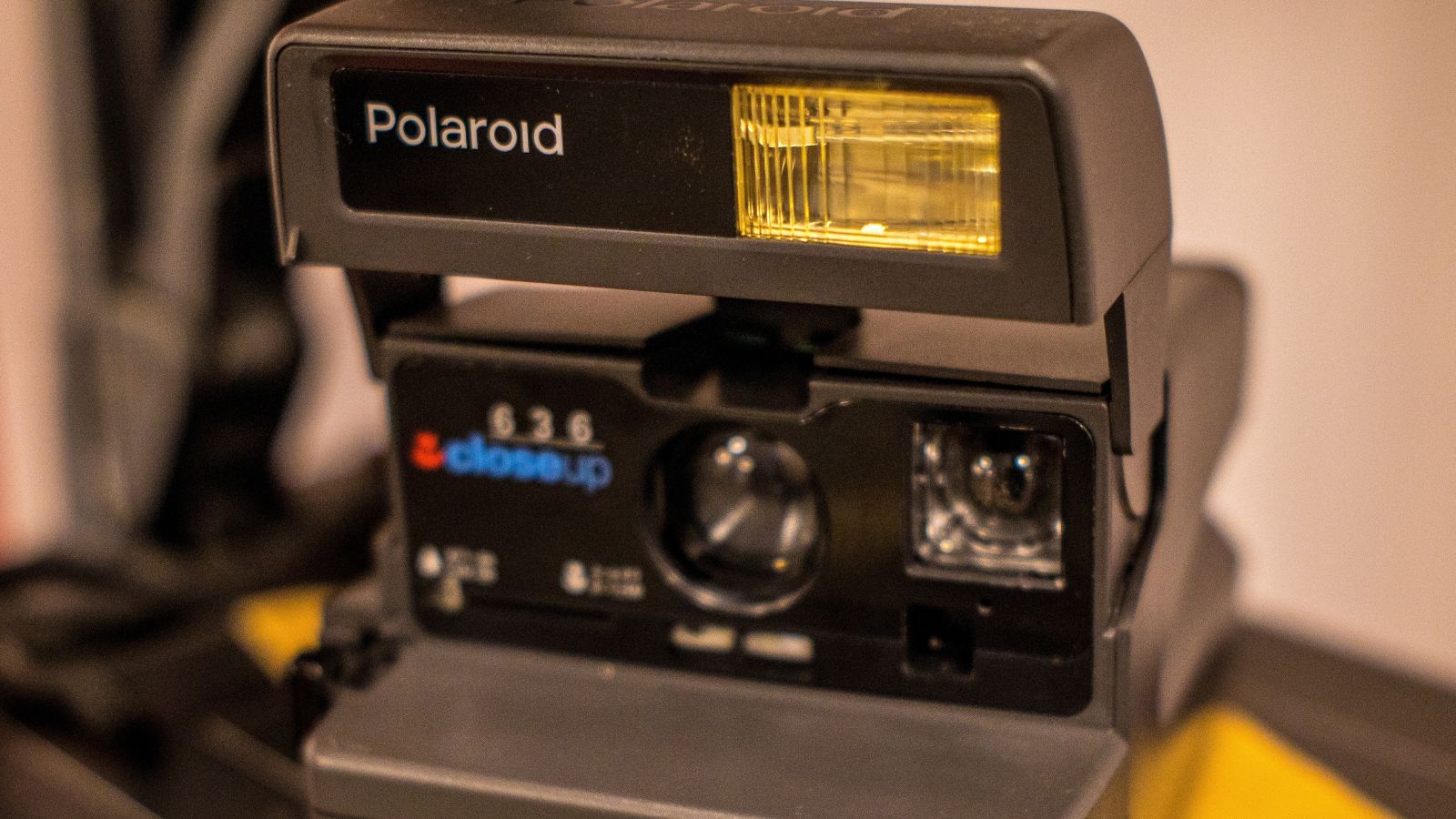
Hugely popular from the 1960s-1990s, Polaroid cameras allowed people to see a photo shortly after taking it. Digital cameras that provided instant viewing and required no pricey film quickly made Polaroids less desirable in the early 2000s, although some enthusiasts still use them.
Slide Projectors
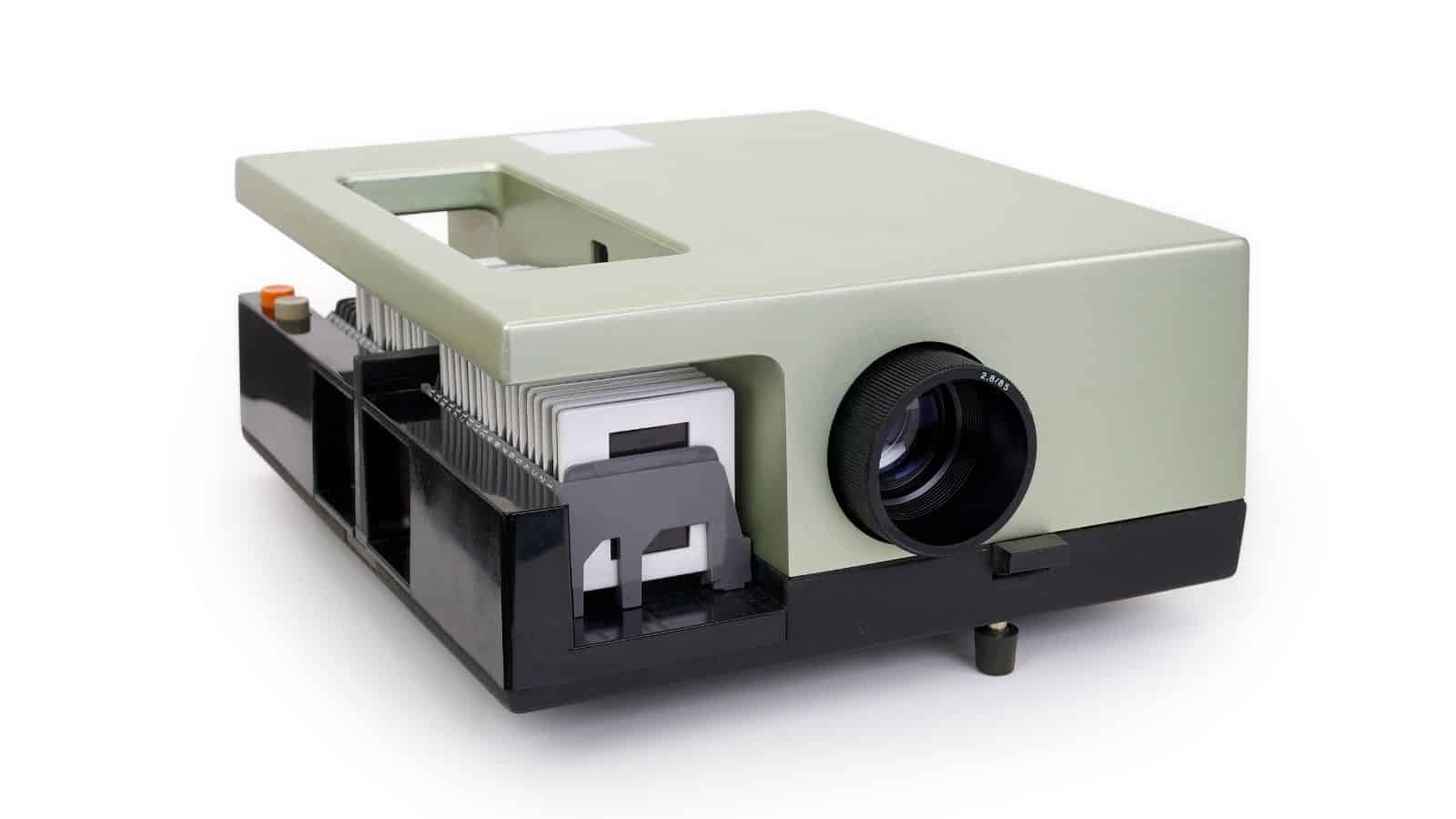
From the 1950s to the 1990s, slide projectors were a common way to view and share photo transparencies, particularly for family vacation photos. Projectors shined light through the slides to display large images. Digital photo frames, laptops, and TVs that could display digital photos replaced slide projectors.
Discman and Portable CD Players

“Sony’s Walkman was the first music player to combine portability, simplicity and affordability,” Time remembers. Portable CD players like the Sony Discman were the 1990s’ and early 2000s’ way to take their music on the go. They were the leading way to listen to albums before MP3 players. Discmans faded away as iPods and smartphones became the default mobile music players.
VCRs and VHS Tapes

VCRs brought video recording and movie watching to homes in the 1970s-1990s. With VCRs and VHS, people could record TV shows and rent or buy movies on tape. The arrival of DVDs and cable/satellite on-demand viewing in the late 1990s started the VCR’s quick decline.
Fax Machines
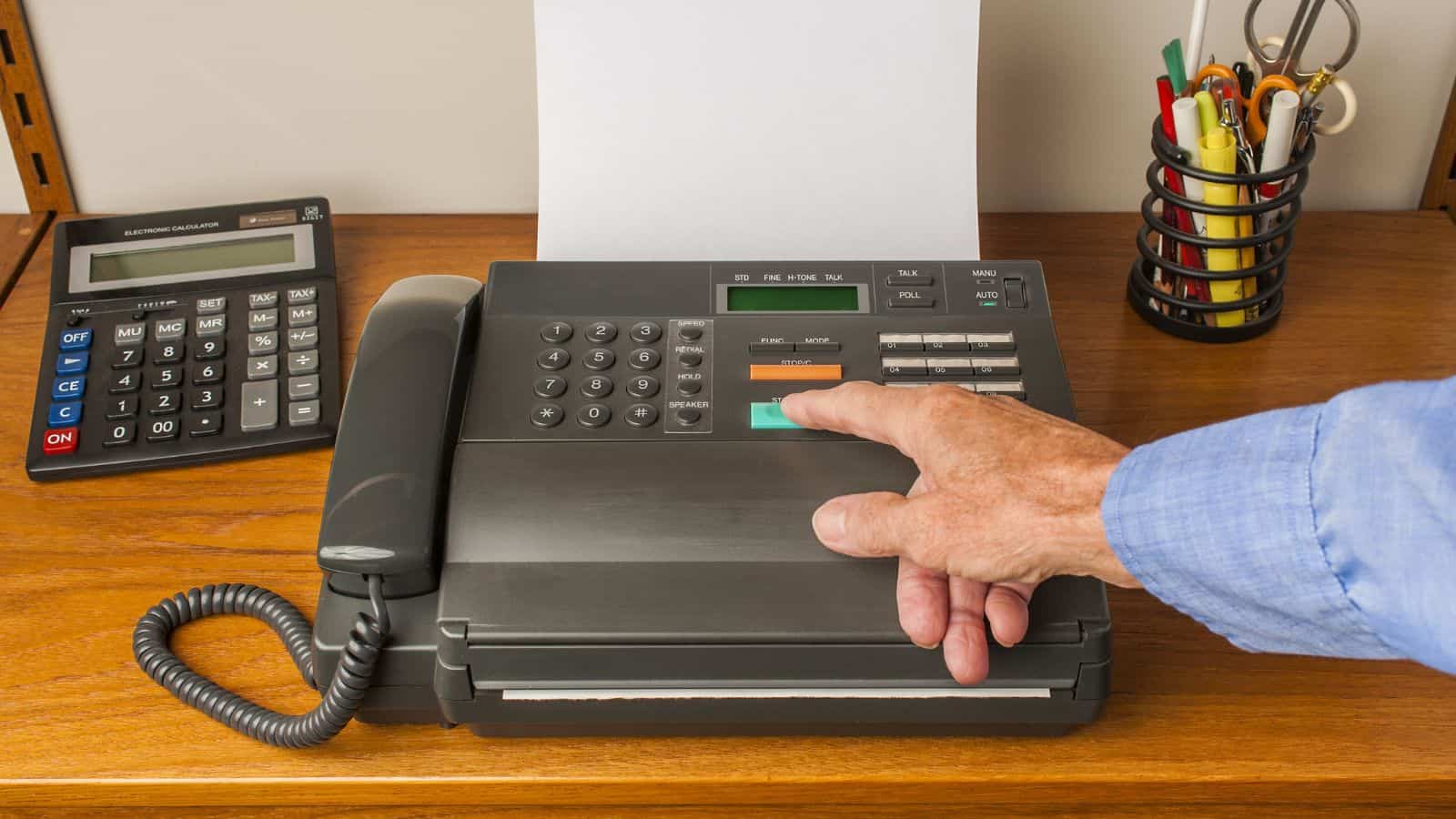
Email attachments, e-signing, and smartphones have now made faxing virtually obsolete, although some businesses still have fax numbers. For those who don’t remember, fax machines, which send images of documents over phone lines, were office staples from the 1970s-2000s. They provided a way to send paperwork and signatures quickly.
PDA Personal Assistants
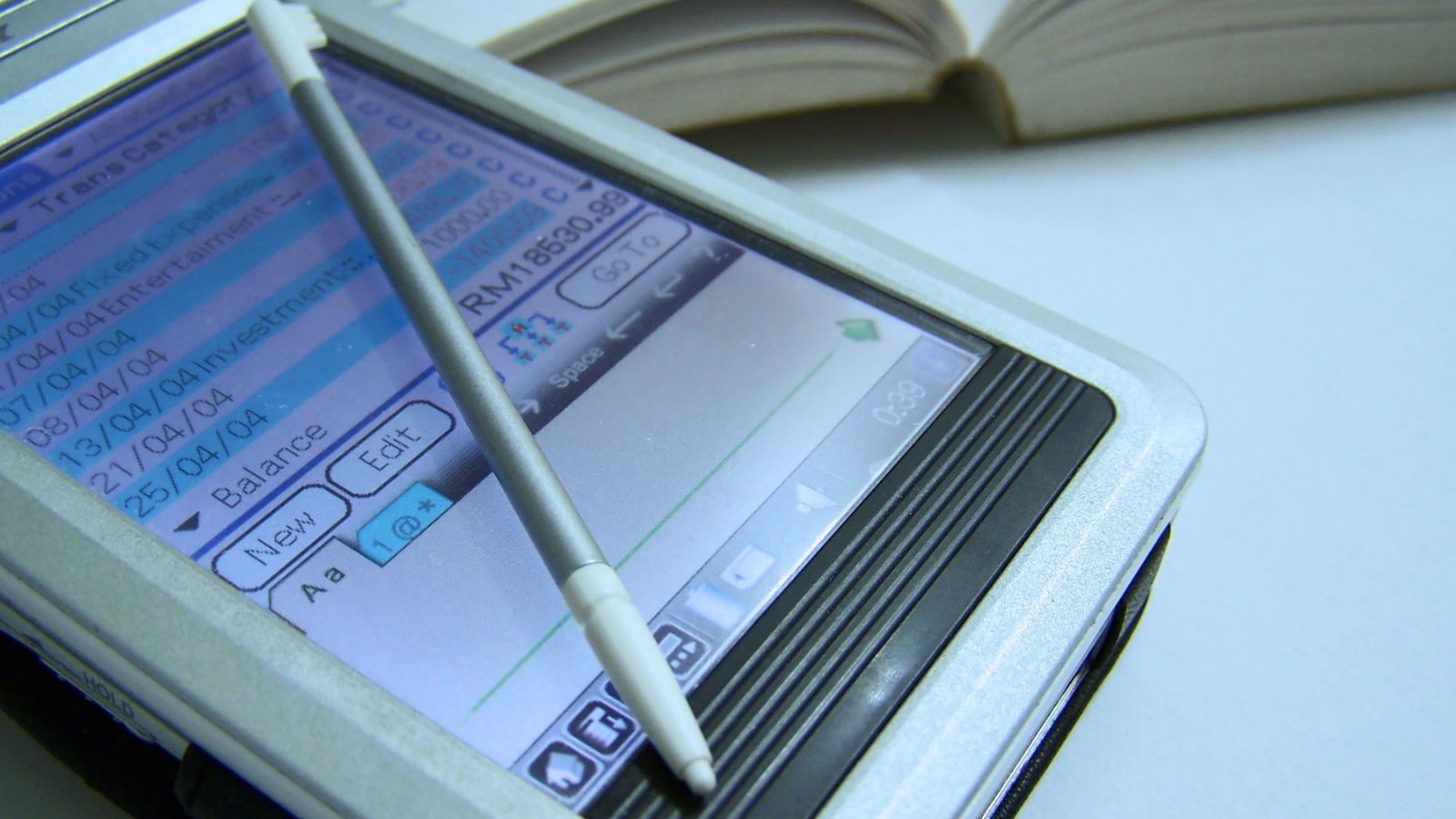
PalmPilot and other personal digital assistants were the predecessors to smartphones in the 1990s and early 2000s. They combined a calendar, contacts, and notes; some could send emails. Once smartphones with touchscreens arrived in the late 2000s, PDAs quickly disappeared.
Answering Machines
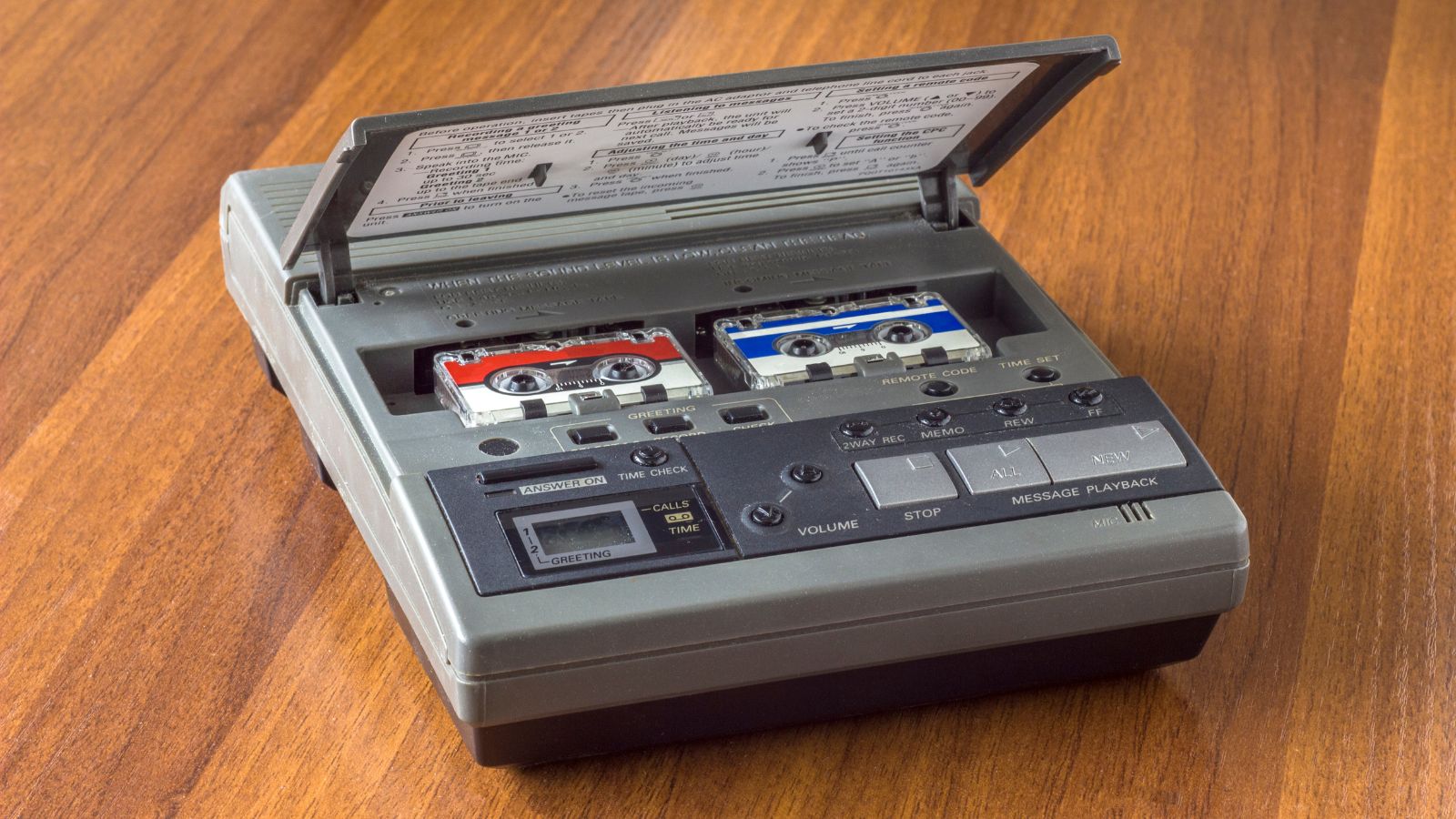
The only way to get phone messages before voicemail was through answering machines, which became common in the 1980s, recording messages on cassette tapes. Digital answering machines later replaced the tape-based ones. Voicemail and texting have now eliminated the need for answering machines.
Betamax and Laserdisc Players

These were early rivals to VHS in the late 1970s and 1980s for home video formats. Betamax and Laserdisc offered better video quality than VHS. However, VHS’s longer recording time and cheaper tapes won out, making Betamax and Laserdisc players relics by the 1990s.
Calculators

Handheld electronic calculators were revolutionary inventions in the 1970s, allowing portable computation. Scientific calculators brought advanced math functions to students and professionals. The rise of computers and smartphones with built-in calculators has now made your teachers’ proclamations that we “won’t always have a calculator with us” inaccurate.
Rolodexes

A rotating file device, Rolodex was an essential office item for organizing business contacts for decades. It held alphabetized cards with each contact’s information. In most offices, digital contact lists in email, smartphones, and CRMs have replaced the Rolodex.
Pay Phones

Pay phones were once ubiquitous on city streets, providing on-the-go calls for pocket change. In an era before cell phones, they were often the only way to make a call while out. The rise of cell phones ended the need for pay phones, with many cities removing them.
Transistor Radios
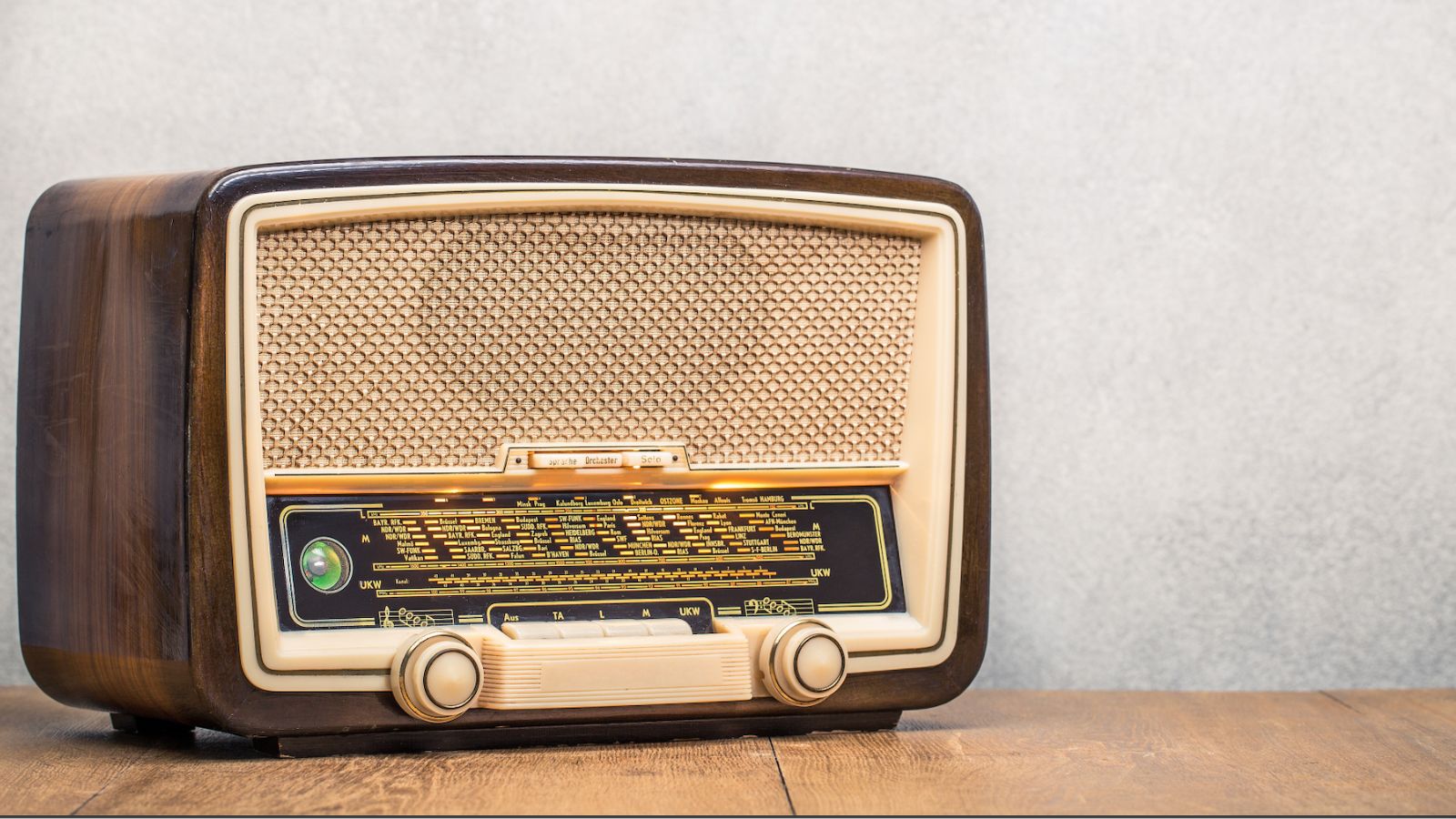
The first small portable radios, transistor radios were hugely popular in the 1960s and 1970s. They made it easy to take music anywhere. Boomboxes, Walkmen, and then iPods and smartphones later superseded transistor radios.

